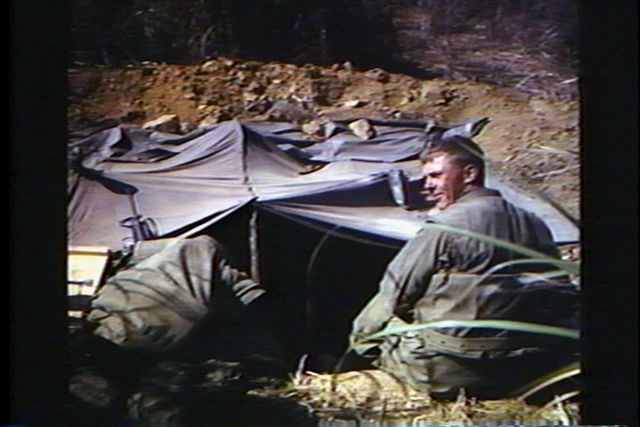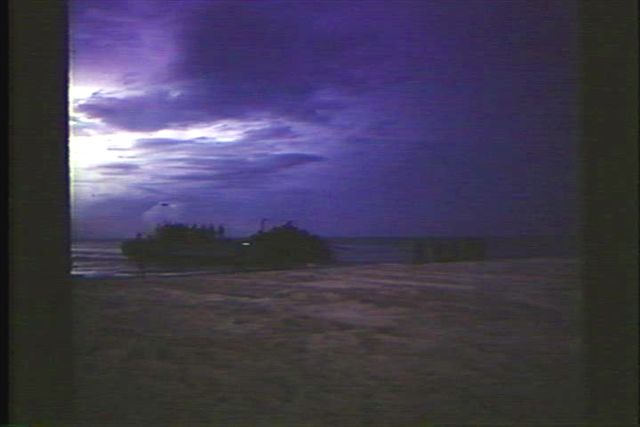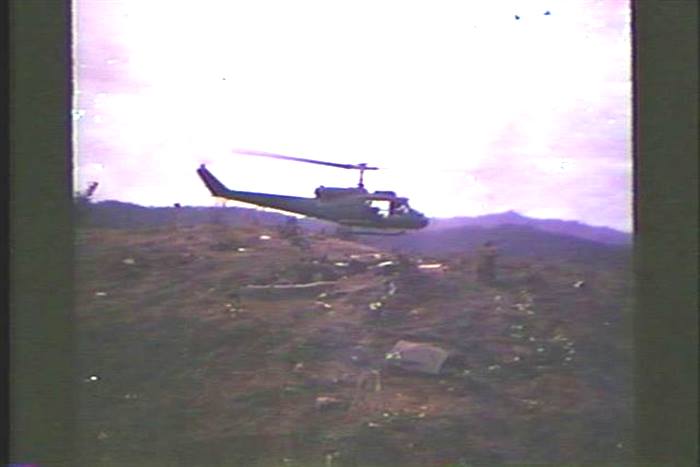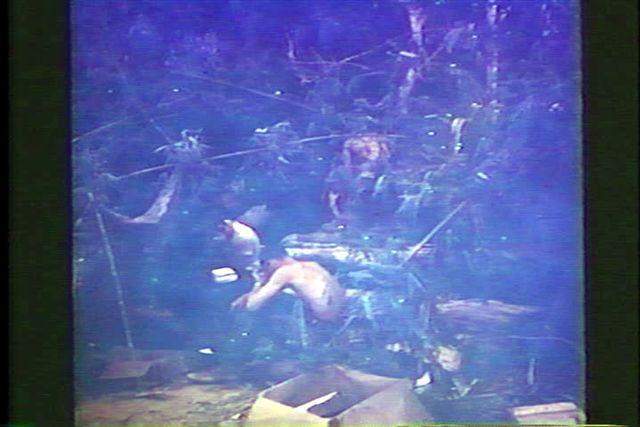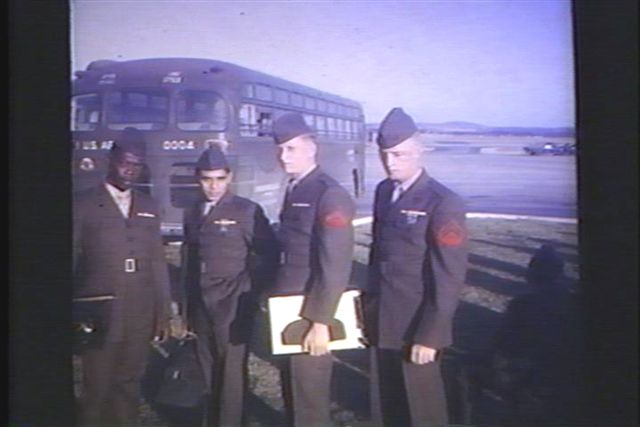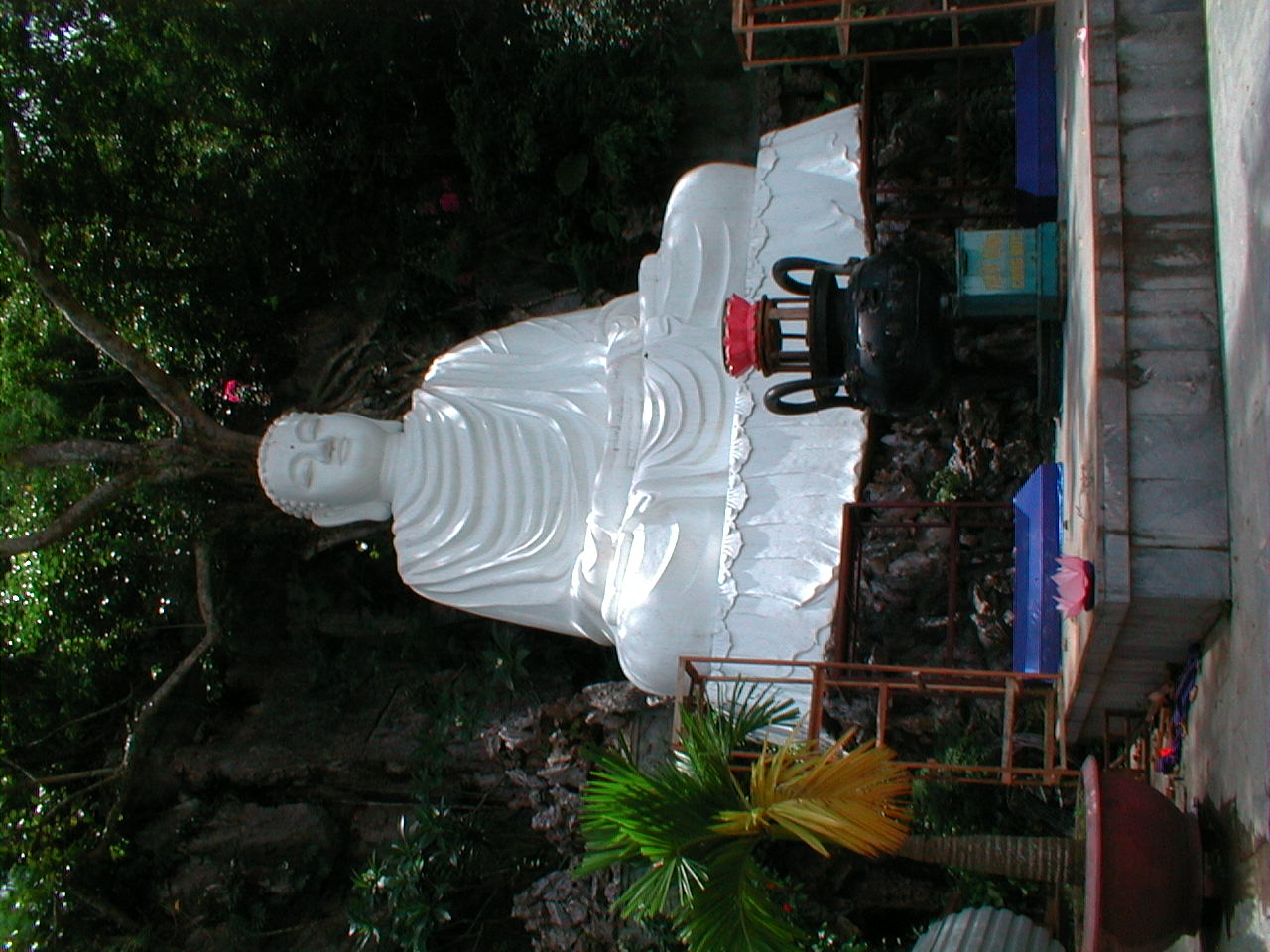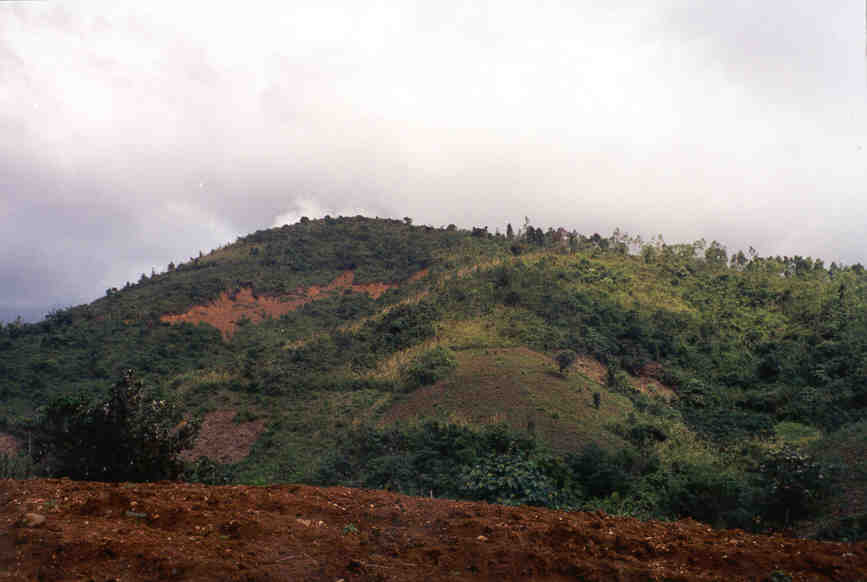
The Dashboard tells you about recent activity both at your site and in the WordPress community at large.
The Dashboard SubPanel provides you a number of links to start writing Posts or Pages, statistics and links on the number of posts, pages, Categories, and Tags. A Recent Comments box shows the number of Comments awaiting moderation and a list of the recent comments. Configurable boxes of Incoming Links, and RSS feeds from the WordPress Development Blog, the Plugins blog, and Planet WordPress are also displayed.
Posts – Make some content
Simple. You login to your admin panel, and in the navigation menu on the left, click on Posts, and then Add New. WordPress displays the Add New Post SubPanel. This panel allows you to populate your site with actual information! You’ll be spending most of your administration time here, so you should spend a bit of time familiarizing yourself with it.
Posts are the principal element (or content) of a blog. The Posts are the writings, compositions, discussions, discourses, musings, and, yes, the rantings, of a blog owner and contributors. Posts, in most cases, are the reason a blog exists; without Posts, there is no blog!
But How do I Edit Post?
Via the Posts Edit SubPanel you can select the Post or Posts you wish to edit, delete, or view. Multiple Posts can be selected for deletion and for editing. A powerful bulk edit feature allows you to change certains fields, en masse, for a group of Posts. A handy in-line edit tool, called Quick Edit, allows you to update many fields for an individual Post. Various search and filtering options allow you to find the Posts you want to edit or delete.
Add New
The most important part of WordPress, the Posts Add New SubPanel is where you write new Posts. While you are writing those Posts, you can also create new Categories, new Tags, and new Custom Fields. In addition, any Media (pictures, video, recordings, files) can be uploaded and inserted into the Posts.
Tags
Tags are the keywords you might assign to each post. Not to be confused with Categories, Tags have no hierarchy, meaning there’s no relationship from one Tag to another. But like Categories, Tags provide another means to aid your readers in accessing information on your blog.
When using the WordPress Default Theme (sometimes called Kubrick, this is one of the two themes delivered with WordPress), Tags are displayed under each Post those Tags are assigned. Someone viewing your blog can click on one of those Tag links, and an archive page with all the Posts belonging to that Tag will be displayed.
The Posts Tags SubPanel allows you to add, change, or delete Tags. Multiple Tags can be selected for deletion. A search option allows you to find the Tags you want to edit or delete. Also remember Tags can be added in the Posts Add New SubPanel.
Categories
Every Post in WordPress is filed under one or more Categories. Categories allow the classification of your Posts into groups and subgroups, thereby aiding viewers in the navigation and use of your site.
Each Category may be assigned to a Category Parent so that you may set up a hierarchy within the category structure. Using automobiles as an example, a hierarchy might be Car->Ford->Mustang. In creating categories, recognize that each category name must be unique, regardles of hierarchy.
When using the WordPress Default Theme (sometimes called Kubrick, this is one of the two themes delivered with WordPress), Categories are shown in two different places on your blog First, the Categories are listed as links in the Category section of your sidebar, and second, all the Categories to which a given post belongs are displayed under that post. When someone viewing your blog clicks on one of those Category links, a archive page with all the Posts belonging to that Category will be displayed.
The Posts Categories SubPanel allows you to add, edit, and delete Categories, as well as organize your categories hierarchically. Multiple Categories can be selected for deletion. A search option allows you to find the Categories you want to edit or delete. Also remember Categories can be added in the Posts Add New SubPanel.
Media – Add pictures and movies to your posts
Media is the images, video, recordings, and files, you upload and use in your blog. Media is typically uploaded and inserted into the content when writing a Post or Page. Note that the Uploading settings in the Settings Miscellaneous SubPanel describes the location and structure of the upload directory.
Media Library
The Media Library SubPanel allows you edit, delete or view Media previously uploaded to your blog. Multiple Media objects can be selected for deletion. Search and filtering ability is also provided to allow you to find the desired Media.
Upload New Media
The Media Add New SubPanel allows you to upload new media to later use with posts and pages. A Flash Uploader is provided and the ability to use a Browser Uploader is supplied if the Flash Uploader does not work.
Gallery
Image management is perhaps one of the strongest features of the NextGEN Gallery plugin compared with other image plugins, although until you learn a few concepts it can be a little difficult to use.
Definitions
- Gallery – A collection of images. Think of a gallery as a collection of images that are related, e.g. vacation photos or photos taken on a particular day.
- Album – A collection of galleries. An album is a good way to present multiple collections of related images together, such as photos taken on different days of your vacation.
Once you get these concepts straight, the user interface will fall into place.
Add Gallery
The first thing you will want to do is upload some images. Before you can do that, you have to create a gallery. You do that on the Add Gallery page. Galleries are created below the path specified on the General Options page, typically wp-content/gallery/. Creating a gallery actually creates a new folder on the server to store the images.
Choose the name of your gallery very carefully as once it’s been created it is very difficult to change it. You’ll have to rename the folder on the server’s disk and then modify the gallery record in the database – not for the faint of heart. I’d like to see the plugin modified to support this feature from the admin UI.
Adding Images
Once you’ve created a gallery you can add images to it. There are four different ways to add images to a gallery, two by uploading them and two by copying them to a location accessible by WordPress and then scanning the directory.
Note that when uploading images, check that the php.ini file for your sever sets the maximum file upload size high enough. Alex (the author of the plugin) recommends at least 16MB. I set mine to 20MB.
- Upload images one or more at a time. This is done from the Upload Images tab on the Add Gallery page. (It seems like there should be a separate page for uploading images rather than on the Add Gallery page.) From this page you can select which gallery and also whether to add metadata stored in images to the alt/title text field of each image. With the latest versions of the plugin, you can select multiple files to upload and see progress of each image as it is being uploaded. This is a huge improvement over previous versions which could even timeout if it took took long to upload.
- Upload a zip file of images. This is done from the Upload a Zip-File tab on the Add Gallery page. This can be useful when the link to your site is slow.
- Import a folder already on your web site. This is done from the Import image folder tab on the Add Gallery page.
- Import images already in your gallery folder. This is similar to the previous method but the images are already in the gallery folder. To do this:
- Go to the Manage Gallery page.
- Click on the Edit link for your gallery.
- Click the Scan Folder for New Images button.
Managing Images
Once you get images into a gallery, you can perform a number of different operations on them. Probably the first thing you’ll want to do is to annotate them. While you’re at it you may as well add a description to your gallery.
The Manage Gallery page provides a lot of flexibility and allows you to make a lot of changes at once. One thing you’ll want to be careful of, however, is to avoid doing to many operations that take a lot of time, such as regenerating thumbnails. Doing so can cause the operation to timeout.
Here is a summary of the operations that can be performed on images on the Manage Gallery page.
- Specify a description for each image. This text can be displayed under thumbnails as well as in slideshows.
- Specify alternate title text for each image. This text can be displayed under thumbnails as well as in slideshows.
- Exclude images from being displayed on gallery pages.
- Specify tags for images. Specifying a tag allows it to be displayed as a related image for posts that use the same value for its category or tag.
- Delete an image. The image file itself will only be deleted if the Delete image files option is enabled on the General Options page.
- Set a watermark on selected images.
- Generate (create) new thumbnails for selected images. This is especially useful when you change the thumbnail options.
- Resize images. This is useful when you set resize parameters on the Images option page.
- It would be nice if resize parameters could be specified at the time that images are resized or as part of the gallery rather than in one place for all images.
- Import metadata (e.g. EXIF, IPTC, or XMP data) from images and set it in the alternate title text field.
- Scan the folder for new images as described above.
Here is a summary of the operations that can be performed on the gallery on the Manage Gallery page.
- Edit the name and description of the gallery.
- Edit the path (although this only changes the path, it doesn’t rename it).
- Link the gallery to a page which can be displayed when the gallery is clicked on when viewing an album. I mistakenly linked the gallery to the page displaying the album. The correct thing to do is to link it to a different page than the page displaying the album.
- Note that this page is only used if the Deactivate gallery page link checkbox is unchecked on the Gallery Options page.
- In order to display the contents of the gallery on the page you specify, you need to specify a shortcode, like this:
[ gallery=# ]
where # is the ID of the gallery and no spaces before gallery and after the pound sign.
- Specify a preview image that will be displayed when albums to which the gallery belongs are displayed. By default no image is displayed. You can select one of the images in the gallery.
- Create a new page for displaying the gallery.
- Delete the gallery.
Albums
An album is a nice way to display a list of galleries. To create an album
- Go to the Album page.
- Type the name of your new album.
- Click the Update button.
Note that there isn’t any way to rename an album through the UI once you’ve created one, which is unfortunate, although I haven’t seen any place where the name of the album is actually displayed.
Once you’ve created an album, you can drag galleries from the Select Gallery box to the Album Page box. The UI also allows you to rearrange galleries in the album by dragging and dropping. This is a very nice interface and easy to use once you figure out that you can drag and drop. Yes, there is some text describing that, but every time I teach someone how to use it I end up having to show them how to use this page.

